|
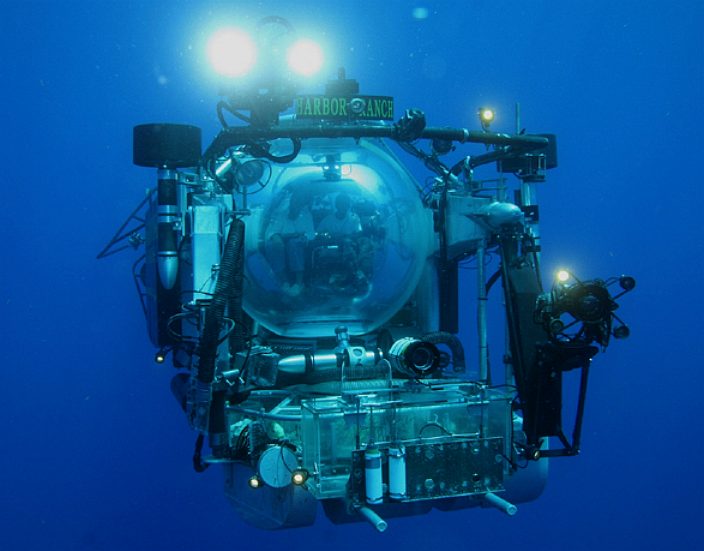
Operation
Deep Sea
A submersible is a small vehicle designed to operate underwater. The term submersible is often used to differentiate from other underwater vehicles known as submarines, in that a
submarine is a
semi autonomous craft, capable of long distances underwater without a
support vehicle (renewing its own power and breathing air), whereas a submersible is usually supported by a surface vessel, platform, shore team or sometimes a larger submarine. In common usage by the general public, however, the word submarine may be used to describe a craft that is by the technical definition actually a submersible. There are many types of
submersibles, including both manned and unmanned craft, otherwise known as remotely operated vehicles or ROVs.
Submersibles have many uses worldwide, such as oceanography, underwater archaeology, ocean exploration, adventure, equipment maintenance/recovery or underwater videography.

Operation
Apart from size, the main technical difference between a "submersible" and a "submarine" is that submersibles are not fully autonomous and may rely on a support facility or vessel for replenishment of power and breathing gases. Submersibles typically have shorter range, and operate primarily underwater, as most have little function at the
surface. Some submersibles operate on a "tether" or "umbilical", remaining connected to a tender (a submarine, surface vessel or platform). Submersibles have been able to dive to over 10 km (6 mi) below the surface.
Submersibles may be relatively small, hold only a small crew, and have no living facilities.
A submersible often has very dexterous mobility, provided by propeller screws or pump-jets.
Technologies
There are three basic technologies used in the design of submersibles. Single atmosphere submersibles (one atmosphere subs) have a pressurized hull and the occupants are at standard atmospheric pressure. This requires the hull to be capable of withstanding the high pressure from the water outside that is many times greater than the internal pressure.
Another technology called ambient pressure maintains the same pressure both inside and outside the vessel. This reduces the pressure that the hull has to withstand.
A third technology is the "Wet Sub", which refers to a vehicle that may or may not be enclosed, but in either case water floods the interior so
SCUBA equipment is used to facilitate breathing. In both single atmosphere and ambient pressure subs, there is no need to use SCUBA equipment and occupants can breath normally without wearing any equipment.
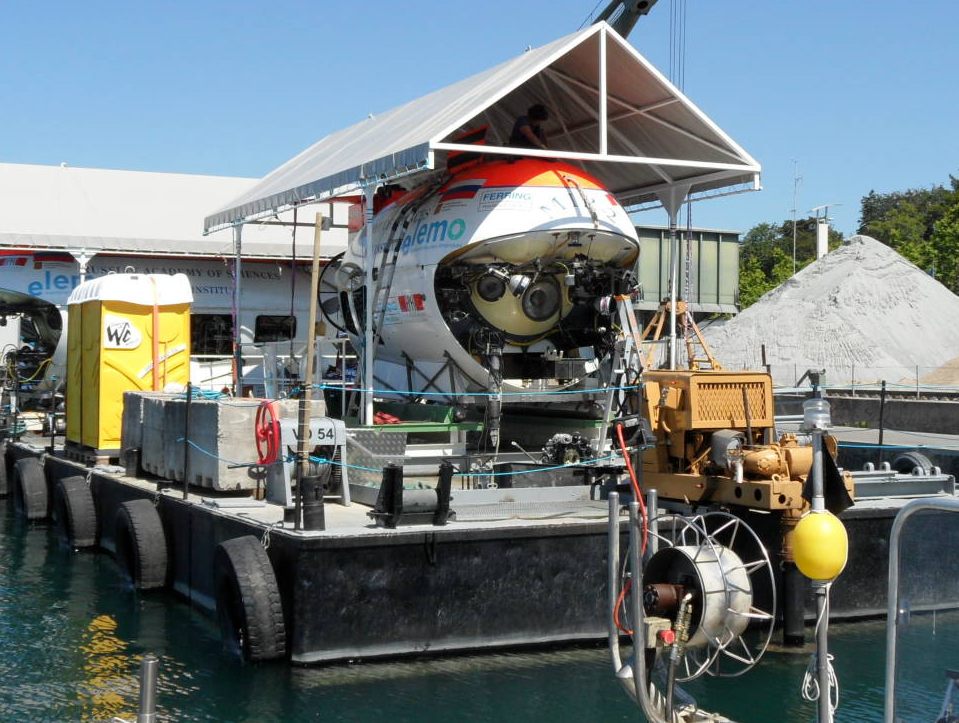
Deep-diving manned submersibles
Some submersibles have been able to dive to great depths. The Bathyscaphe Trieste was the first to reach the deepest part of the ocean, nearly 11 km (7 mi) below the surface, at the bottom of the Mariana Trench in 1960. China, with its Jiaolong project in 2002, was the fifth country to send a man 3,500 meters below sea level, following the US, France, Russia and Japan. China's State Oceanic Administration (SOA) said a Chinese manned deep-sea submersible reached a depth 5,115 meters. The Jialong submersible was designed to reach depths of up to 7,000 meters below sea level and is expected to have a 7,000-meter test dive in 2012.
Among the most well-known and longest-in-operation submersibles is the deep-submergence research vessel DSV Alvin, which takes 3 people to depths of up to 4,500 metres (14,800 ft). Alvin is owned by the United States Navy and operated by WHOI, and as of 2011 had made over 4,400 dives.
Commercial submersibles
More recently, private firms such as SEAmagine Hydrospace, Sub Aviator Systems (or 'SAS'), and Netherlands-based U-Boat Worx have developed small submersibles for tourism, exploration and adventure travel. A Canadian company in British Columbia called Sportsub has been building personal recreational submersibles since 1986. They currently have models that will hold from one to eight occupants.
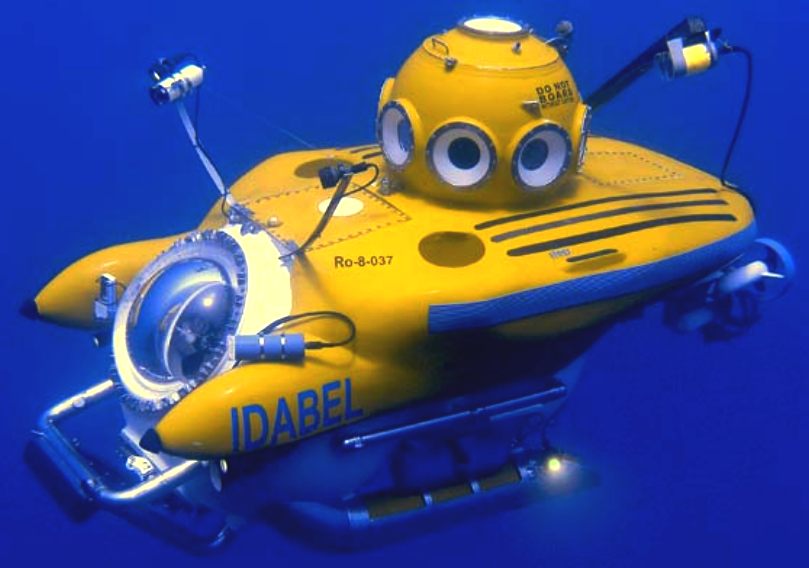
ROVs
Small unmanned submersibles called "marine remotely operated vehicles" or MROVs are widely used today to work in water too deep or too dangerous for divers.
Remotely operated vehicles (ROVs) repair offshore oil platforms and attach cables to sunken ships to hoist them. Such remotely operated vehicles are attached by a tether (a thick cable providing power and communications) to a control center on a ship. Operators on the ship see video images sent back from the robot and may control its propellers and manipulator arm. The wreck of the Titanic was explored by such a vehicle, as well as by a manned vessel.
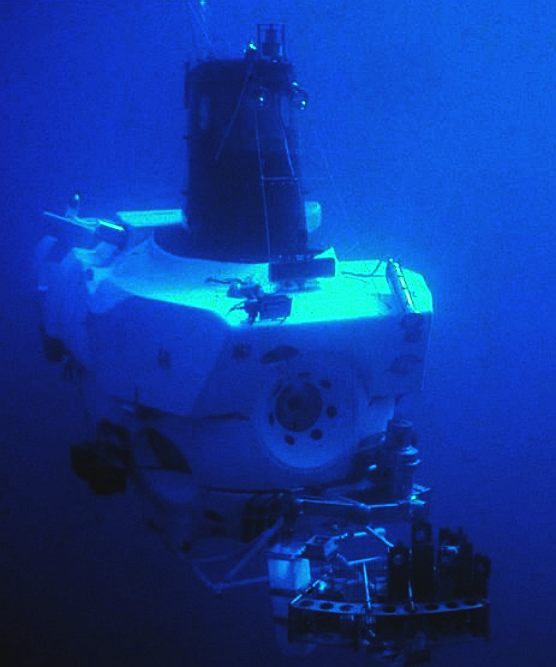
LINKS
How
do you build your own ROV?
SUBMARINE
INDEX
Alvin
DSV - Woods Hole Oceanographic Institution
HMS
Astute 1st of Class
HMS
Vanguard- Trident
INS
Sindhurakshak - explosion
& sinking
Lusitania
- Torpedo
attack
Nuclear
submarines lost
at sea
Predator
- Covert submarine hunter/killer
Seawolf
- Autonomous wolf pack deployment of Predator mini-subs
Torpedoes
- UUV anti submarine weapons
U20
- Kapitan Leutnant Walther Schwieger
USS
Bluefish WWI submarine
USS
Bluefish - Nuclear submarine
USS
Flying Fish
USS
Nautilus - 1st nuclear submarine & subsea north pole passage
|
Flying
submersible
- Youtube
|
All
enquiries should be directed to:-

The
Marketing Manager
BLUEBIRD
MARINE SYSTEMS LTD
Solar
House, Herstmonceux
BN27
1RF, United Kingdom
Email:
Contact: 
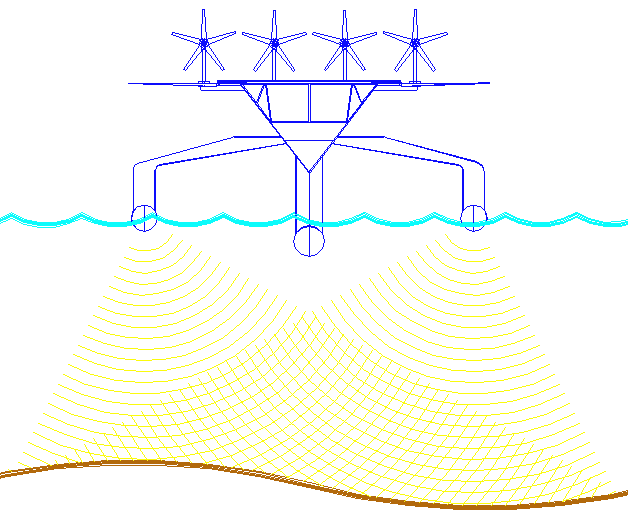
The
ultimate Robot Treasure Hunter, the SWAN marine exploration platform uses
a patent
advanced active
hull to provide autonomy for archaeological exploration.
|





